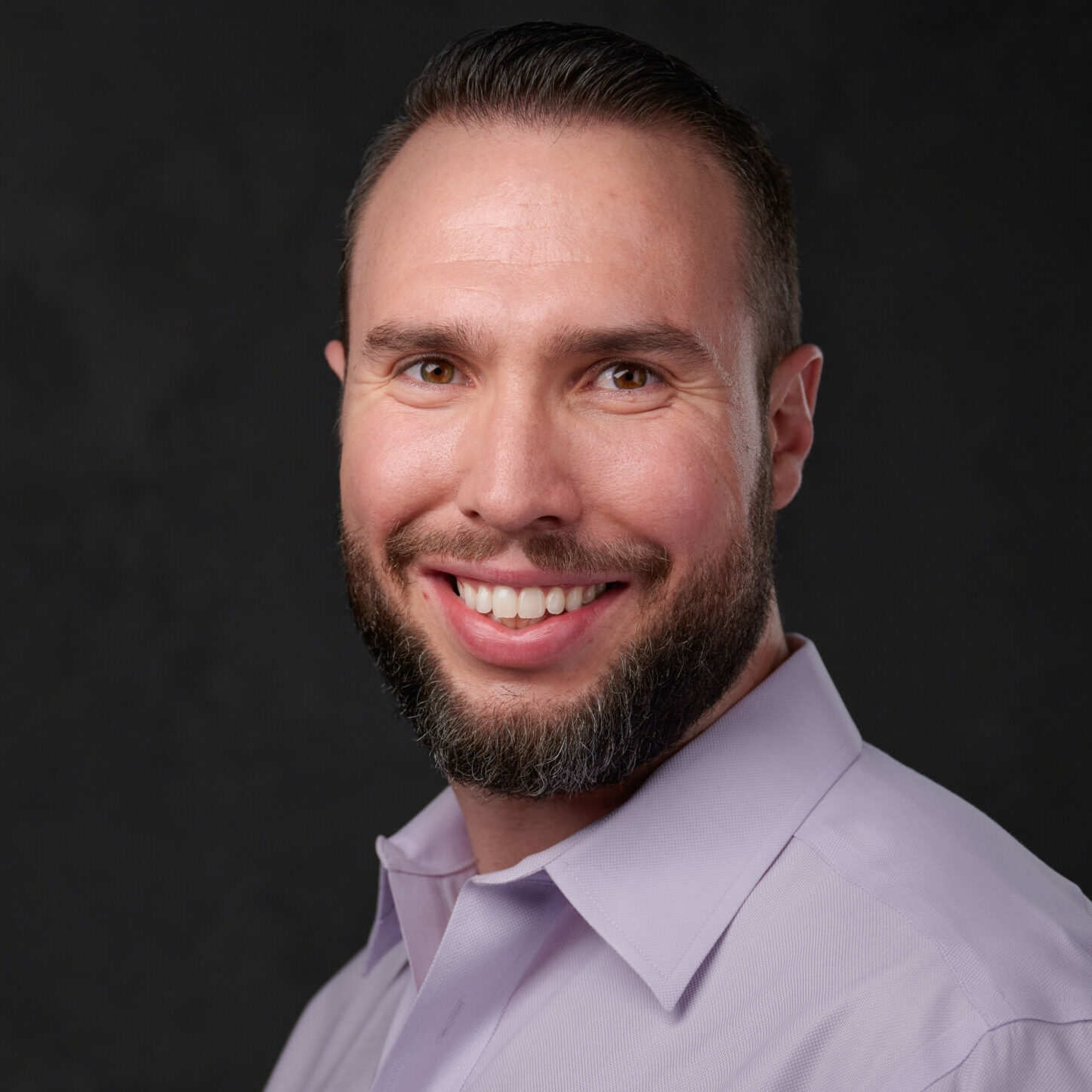Sleep, a natural and essential part of our lives, is often taken for granted. Yet, there are conditions, lurking beneath the veil of night, that can disrupt this vital activity. One such condition, prevalent yet frequently undiagnosed, is Obstructive Sleep Apnea (OSA). Through this article, we will venture into the world of OSA, exploring its intricacies, its relationship with other sleep disorders, and its position within the broader spectrum of sleep breathing disorders.
What is Obstructive Sleep Apnea (OSA)?
OSA is a sleep disorder where an individual momentarily stops breathing during sleep. This happens when the muscles at the back of the throat fail to keep the airway open, despite the effort to breathe. The resulting blockage can last for several seconds to over a minute. Once the brain detects a lack of oxygen, it prompts a brief awakening to reopen the airway, often accompanied by a choking or gasping sound. This cycle can repeat many times throughout the night, leading to fragmented sleep.
Symptoms and Effects of OSA

The repercussions of OSA aren’t limited to night-time disturbances. It can have significant daytime effects as well. Common symptoms and consequences include:
- Loud and chronic snoring.
- Choking or gasping upon awakening.
- Excessive daytime sleepiness and fatigue.
- Difficulty concentrating and memory issues.
- Irritability or mood swings.
- High blood pressure and cardiovascular problems.
The Spectrum of Sleep Breathing Disorders
Sleep breathing disorders are a range of conditions that interfere with one’s breathing during sleep. OSA is one of the most severe forms on this spectrum, but there are other conditions worth understanding:
- Simple Snoring: Often considered benign, it is the noise resulting from turbulent airflow that causes tissues of the nose and throat to vibrate during sleep. It doesn’t usually involve cessation of breathing.
- Upper Airway Resistance Syndrome (UARS): Positioned between simple snoring and OSA on the spectrum, UARS is characterized by resistance in the airway that doesn’t lead to complete cessation of breathing, like in OSA. Instead, individuals with UARS often experience disturbances that shift them from deep to light sleep. Some common symptoms overlap with OSA, such as daytime fatigue, but UARS doesn’t typically involve noticeable apneas or loud snoring.
OSA vs. UARS: Spotting the Differences
While both OSA and UARS disrupt sleep, understanding their differences is crucial:
- Breathing Interruption: In OSA, the airway collapses, causing full breathing stops. In UARS, the airway narrows, creating resistance but not complete cessation.
- Symptoms: OSA often results in loud snoring and evident breathing pauses. UARS might involve softer snoring and lacks the clear breathing interruptions seen in OSA.
- Diagnosis: OSA is typically identified through standard sleep studies, monitoring various body functions. Diagnosing UARS can be more nuanced, sometimes requiring specialized tests that measure esophageal pressures.
- Treatment: Both conditions can benefit from positive airway pressure devices. However, due to the subtler nature of UARS, treatments like oral appliances or lifestyle modifications might be more effective.
Addressing Obstructive Sleep Apnea

Early detection and treatment of OSA are crucial. If left untreated, it can lead to a host of other health problems, including cardiovascular diseases, diabetes, and more. Solutions range from lifestyle changes, like weight loss or positional therapy, to medical devices, such as CPAP machines, and in some cases, surgery.
For those suspecting they might be grappling with OSA or any other sleep disorder, seeking professional advice is paramount. Uninterrupted sleep is not a luxury; it’s a necessity. By understanding and addressing OSA, we take a significant step toward safeguarding our overall well-being.
Getting the Right Help at Smile Science Dental Spa
If the symptoms of OSA or any other sleep-related breathing disorder sound familiar, it’s essential not to ignore them. At Smile Science Dental Spa, Dr. Richard Dawson and Dr. John Turke are well-equipped to provide insights and solutions for sleep-related concerns. Their combined expertise in general dentistry allows them to offer specialized advice, ensuring that patients understand their conditions and receive appropriate care. Don’t let restless nights define your days. Reach out to Smile Science Dental Spa and let Dr. Dawson and Dr. Turke guide you towards better sleep health.






